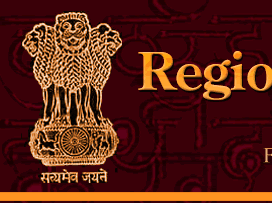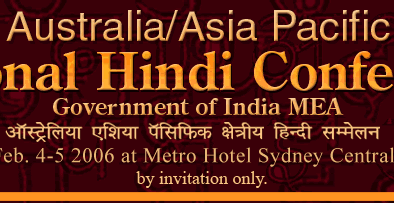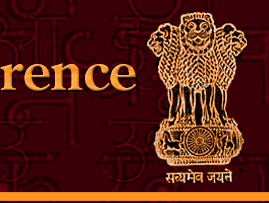 |
 |
 |
s
History of Hindi
Hindi is the third most widely-spoken language in the world (after English and Mandarin). Spoken by 500 – 600 million people all over the world, Hindi is the national language of India and the regional language of several Indian states.
A direct descendant of Sanskrit through Prakrit and Apabhramsha, Hindi can be traced back to as early as the 7th or 8th century. But it was in the 10th century that authentic Hindi poetry took its form and since then it has been constantly modified. It has been influenced and enriched by Dravidian, Turkish, Farsi, Arabic, Portugese and English. It is a very expressive language known for its richness, flexibility and simplicity.
The script, Devanagari, is extremely logical and therefore straightforward and easy to learn. Pronunciation is easy because, unlike English, letters are always pronounced exactly the same way. It can be used for both exact and rational reasoning and the expressive form suited for poetry and songs.
The study of Hindi today grants
entry to one of the world's oldest and greatest civilisations. Knowledge
of Hindi provides a fascinating alternative
perspective, quite apart from that afforded by the English
language, on the re-emergence of India during the last two centuries,
and serves as
an important key to understanding the unique elements of
Indian civilisation.
Hindi Schools in the Region
http://www.hindisociety.com
http://www.meaindia.nic.in
http://rajbhasha.nic.in http://www.indianconsulatesydney.org
http://www.iabbv-hindischool.com